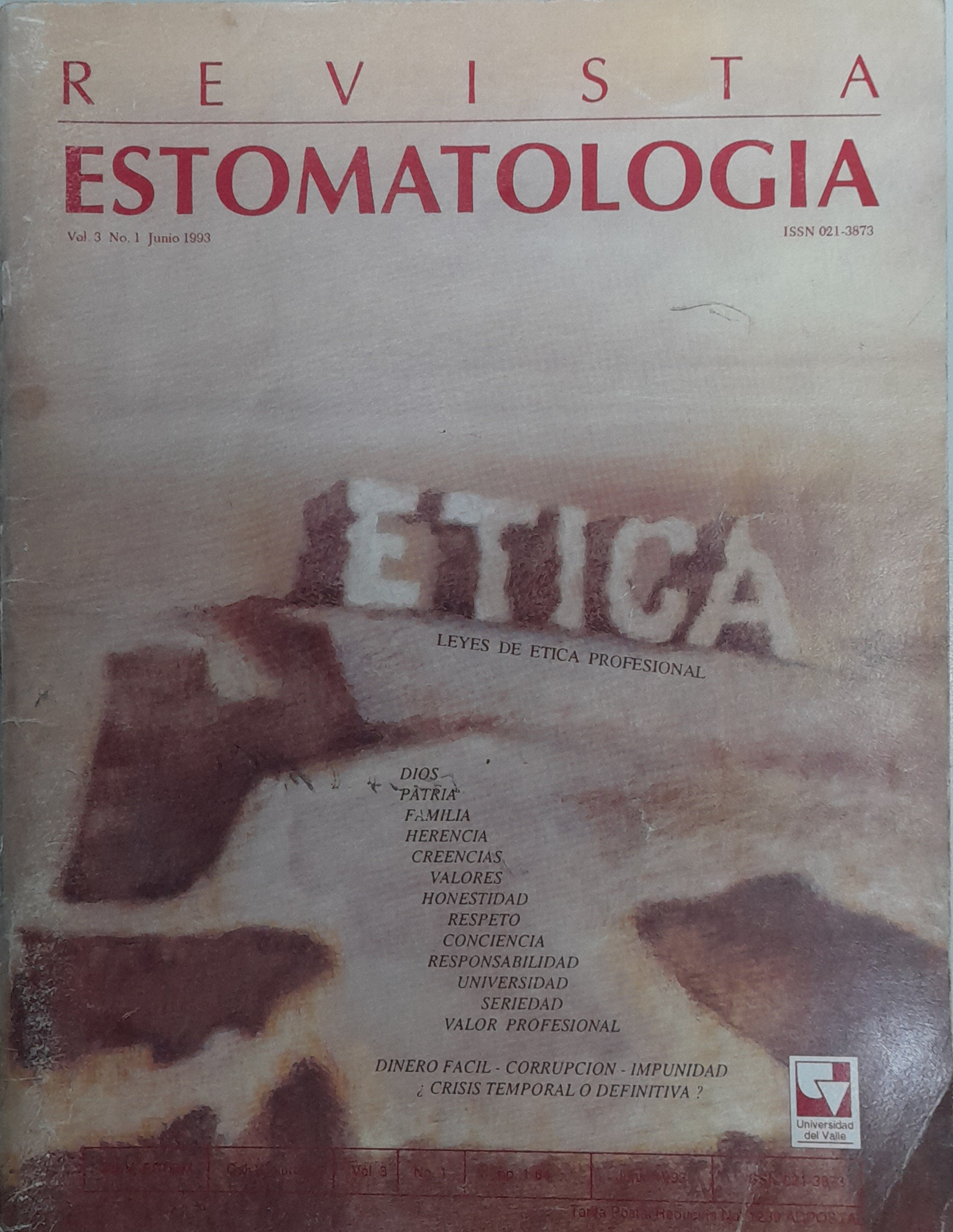Mecanismos antibacterianos y biocompatibilidad de los cementos de ionómero de vidrio, posibles aplicaciones
Keywords:
Ionómero de vidrio, Cementos, Flúor, Inhibición bacteriana, Streptococcus mutans, Biocompatibilidad, Materiales dentalesMain Article Content
Streptococcus mutans is the bacterial species best associated to fossa and fisures caries in humans. This organism is part of the dextran development, wich helps the bacterial plaque to gather and organize. It also produce acids when the ingesta carbohidrates unfold during the desmineralization process of the dental surface. The restoring materials may influence the amount of S. mutans in the plaque and may also effect its adhesion to the dental substrate. This may be evidences by the glass ionomer cements, characterized by their constant fluor release. The glass ionomer cements provide great protection against caries attack. They could, therefore, be the ideal material for patients with active caries and high rates of carious recurrence. The antimicrobiological properties are known forthe material. However, theacting mechanism have never been completely clarified. This article summarizes the main theories know regarding biocompatibility and the antibacterial mechanism s proposed for glass ionomer cements.
Downloads

This work is licensed under a Creative Commons Attribution-NonCommercial-NoDerivatives 4.0 International License.
Los autores/as conservan los derechos de autor y ceden a la revista el derecho de la primera publicación, con el trabajo registrado con la licencia de atribución de Creative Commons, que permite a terceros utilizar lo publicado siempre que mencionen la autoría del trabajo y a la primera publicación en esta revista.

